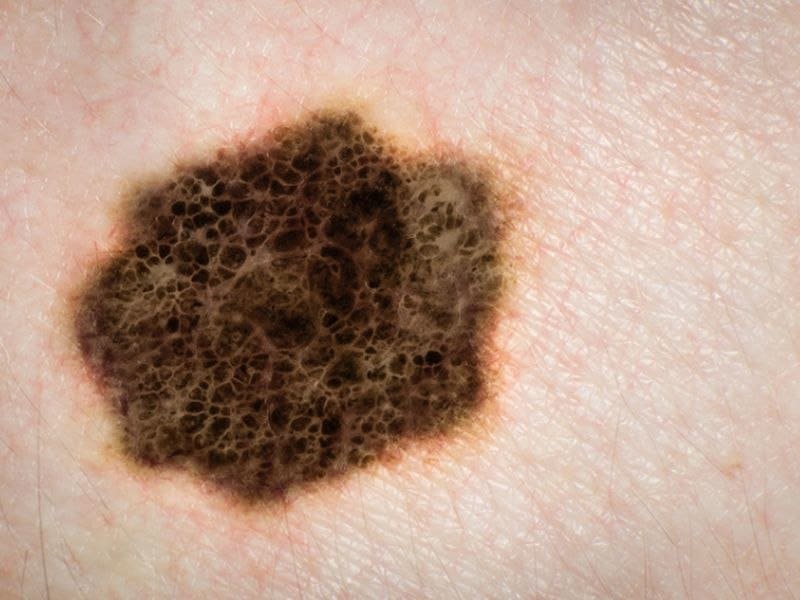Tumor suppressor genes, including TP53, TERT, KMT2D, NOTCH1, NOTCH2, and FAT1, were often altered in patients with cutaneous squamous cell carcinoma (cSCC), according to an analysis of the American Association for Cancer Research’s Project GENIE data that was presented at the American Society for Clinical Oncology’s Annual Meeting.
“Cutaneous squamous cell carcinoma is the second most common skin cancer globally,” Danielle Brazel, MD, and colleagues wrote. “However, advanced or metastatic disease is rare and is primarily a disease of the elderly or immunocompromised. The relationship between age and the presence and frequency of poor prognostic indicators (TP53 or TERT promoter mutations) and therapeutic targets (ERBB4) is unknown.”
Dr. Brazel and colleagues sought to examine this relationship using Project GENIE. They searched for cSCCs and obtained data on genomic alterations and demographics based on age at the time of tumor sequencing, grouping patients into the following categories: younger than 65, 66-80, and older than 81.
Mutations in TP53, TERT, & ERBB4 Increase With Age
The search identified 1,025 non-melanoma skin cancer samples, including 285 total cSCC samples. The greatest percentage of samples (45%) came from patients 66-80; 36% of samples were from patients 65 or younger and 19% came from patients older than 80.
The frequency of TP53 mutations went up with age, with 72% of these mutations occurring in patients younger than 65, 88% occurring in patients 66-80, and 93% occurring in patients older than 80 (P<0.001). Most TP53 mutations (96%) were functional. ROS1 mutations also went up significantly in prevalence with increasing age, with 27% occurring in patients younger than 65, 37% occurring in patients 66-80, and 48% occurring in patients older than 80 (P=0.03). Dr. Brazel and colleagues noted that all ROS1 alterations were variants of unknown significance.
Other alterations that went up with increasing age included TERT and ERBB4. For TERT alterations, 32% occurred in patients younger than 65, 45% occurred in patients 66-80, and 46% occurred in patients older than 80. For ERBB4 alterations, 28% occurred in patients younger than 65, 30% occurred in patients 66-80, and 33% occurred in patients older than 80. The investigators noted that only 6.9% of these were known oncogenic alterations.



 Rebecca Shover
Rebecca Shover